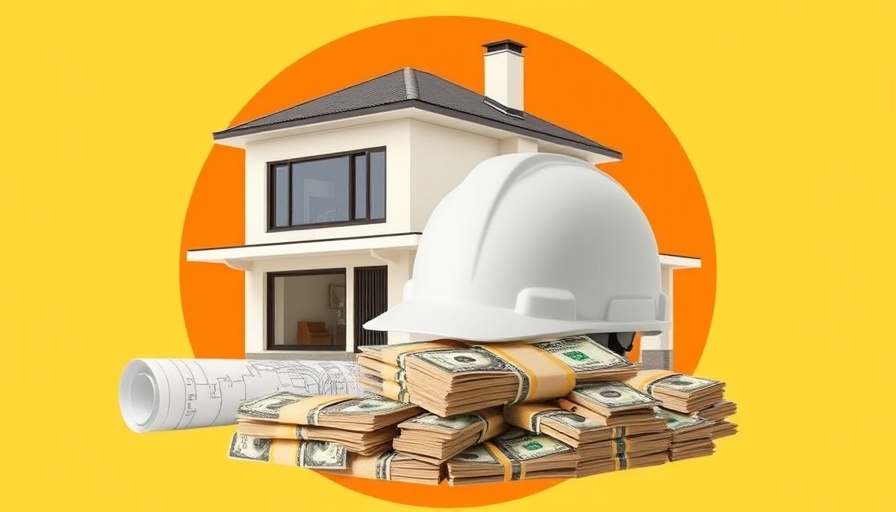
Rising Challenges in the Remodeling Industry
The U.S. remodeling industry has seen a surge in growth since the COVID-19 pandemic, reaching an impressive market value of $600 billion. However, according to the latest findings from the Harvard Joint Center for Housing Studies (JCHS), this growth comes with its share of challenges, including inflation, a shortage of skilled labor, and increased demand for energy-efficient renovations. Post-pandemic shifts have left the remodeling sector thriving, yet the benefits might not be distributed evenly across the industry.
Factors Driving Demand for Remodeling
Home improvement spending accelerated significantly from $404 billion in 2019 to $611 billion in 2022, driven by aging homes and households as well as high real estate prices. JCHS forecasts that this spending will remain robust, exceeding $600 billion through 2025. Key areas of focus for spending include essential upgrades such as roofing, windows, and HVAC systems, which collectively accounted for nearly half of renovation expenditures in 2023. Homeowners are increasingly prioritizing not just aesthetics but also functionality in their renovations.
Who is Spending on Home Improvements?
The demographic breakdown reveals that households led by individuals of color are significantly contributing to the home remodeling market, with their expenditures rising from 14% in 2003 to 23% in 2023. This trend emphasizes an evolving market where diversity is becoming more pronounced in home ownership, as immigrant homeowners’ contributions also show marked increases. Notably, the elderly homeowner segment (65 and older) now represents over a quarter of all improvement spending, indicating that the market is responding to the needs of an aging population.
The Aging Housing Stock: Opportunity or Crisis?
With the median age of U.S. homes reaching 44 years, many properties require urgent maintenance and renovations. Homes built prior to 1980 are indicative of the nation’s need for reinvestment, often necessitating higher levels of spending on both improvements and upkeep. For low-income homeowners, the challenges become even steeper, as they frequently inhabit homes lacking basic necessities such as water and electricity. JCHS’s Sophia Wedeen highlights this issue as both a “market opportunity and a moral imperative,” calling for enhanced remodelling services tailored to address these needs.
What Lies Ahead for the Remodeling Industry?
Looking to the future, the remodeling industry faces a dual scenario: while there is a clear opportunity for growth driven by an increasing demand for resilient and energy-efficient homes, significant hurdles remain due to labor shortages and rising costs. Industry experts argue that increased investment in training and support for workers in the remodeling sector is crucial. As demand for renovations continues to outpace supply, participants in the market must adapt, balancing their services against the economic realities of increased spending and labor scarcity.
The remodeling landscape will continue to evolve, and staying informed about these trends is vital for homeowners, investors, and industry stakeholders alike. Taking proactive measures in tackling challenges can position them to better capitalize on this lucrative yet complex market.
 Add Row
Add Row  Add
Add 




Write A Comment